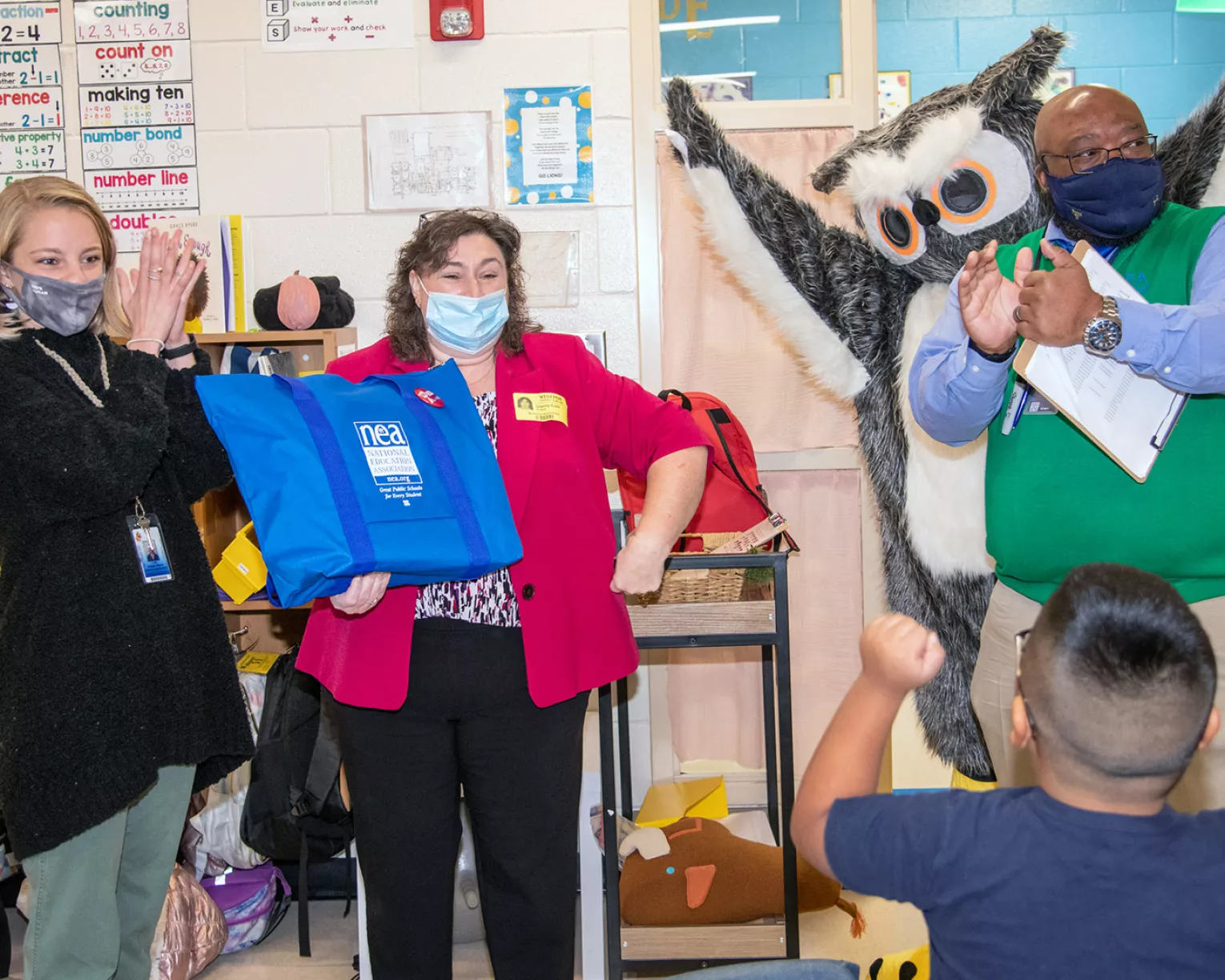Key Takeaways
Special education and identifying diabilites
More than 7 million students in the United States receive special education services; how are they identified? The first step in identification is to submit a referral for evaluation. Although educators or parents/guardians can refer a child for special education evaluation, educators are the critical link to ensuring that all students are afforded an equal opportunity to a free, appropriate public education. This article is focused on the educator process for referral. For parental process, see parent/guardian resources.
As a professional educator, you know that each student brings unique needs, skills, and levels of knowledge to the classroom, and you understand how to meet those individual needs. What might come as a surprise to many is that a number of the most common disabilities are invisible to most; however, you are adept at identifying when a student is struggling or not performing at the same level as their peers.
To appropriately identify a struggling student, you must stay current in your knowledge of the basic characteristics of the most common disabilities. When you recognize discrepancies in a student’s age and their academic, behavioral, physical, and/or social-emotional abilities, you need to share your concerns with colleagues and the student’s parents/guardians to gather additional information that can help you understand the types of supports a student may need.
Addressing individual needs and challenges
To address the individual challenges, you should employ a variety of classroom techniques and supports, which may include adapting lesson plans, modifying assignments, or working one-on-one with the student; some educators also may apply more systematic strategies, such as response to intervention (RtI), multi-tiered systems of supports (MTSS), or positive behavioral interventions and supports (PBIS).
As you apply these different techniques, it is essential that you carefully monitor and document the student’s progress. It is important to note that information and data gathered from these interventions are not a substitute for a comprehensive special education evaluation. Communication with the family is crucial, so you should share progress with them, listen to concerns, and/or learn more about the child’s history to help inform intervention efforts. If the interventions do not provide satisfactory results, you need to consider the next step: submitting a referral for an evaluation for special education. As a best practice, it is essential to work collaboratively with the family to help them understand the expected results of the interventions and share evidence of how these have not produced the desired results.
Beginning the referral process
Before initiating a referral for evaluation for special education, you must have well-documented evidence of the intervention efforts that have already taken place and include samples of student work that clearly demonstrate why you feel that an evaluation is warranted. It is imperative that you communicate with parents/guardians throughout the process to discuss their child’s progress and concerns. Ongoing communication with the family is essential because parents/guardians must provide consent for the school to conduct an evaluation for special education.
Referral processes and procedures differ across states and districts; for example, some states require referrals to be in writing, while others do not. You must be sure to discuss the school/district referral process and to whom the referral should be made with your school leadership. At a minimum, you need to be prepared with:
-
A description of specific issues that leads you to believe special education services are appropriate;
-
Documented evidence and artifacts that support your belief;
-
Documentation of interventions taken; and
-
Documentation of discussions with the child's parents/guardians and any evidence or concerns that they have shared.
Once you have submitted the referral to the appropriate school personnel, the next step is for the school to formally notify parents/guardians and obtain parental/guardian consent. Under the Individuals with Disabilities Education Act, schools are not allowed to perform these evaluations on students without permission from a parent/guardian unless they go through a legal process to do so.
For More Information
“Characteristics of Children with Learning Disabilities.” (2005). National Association of Special Education Teachers.
“Special Education and Your Child: FAQs for Multilingual Families.” (2020). National Education Association.
Additional Resources
Center for Parent Information and Resources
U.S. Department of Education: OSEP IDEAS that Work
U.S. Department of Education. Part 300 (Part B) Regulations, Subpart A, General
Use Your Educator Voice.

